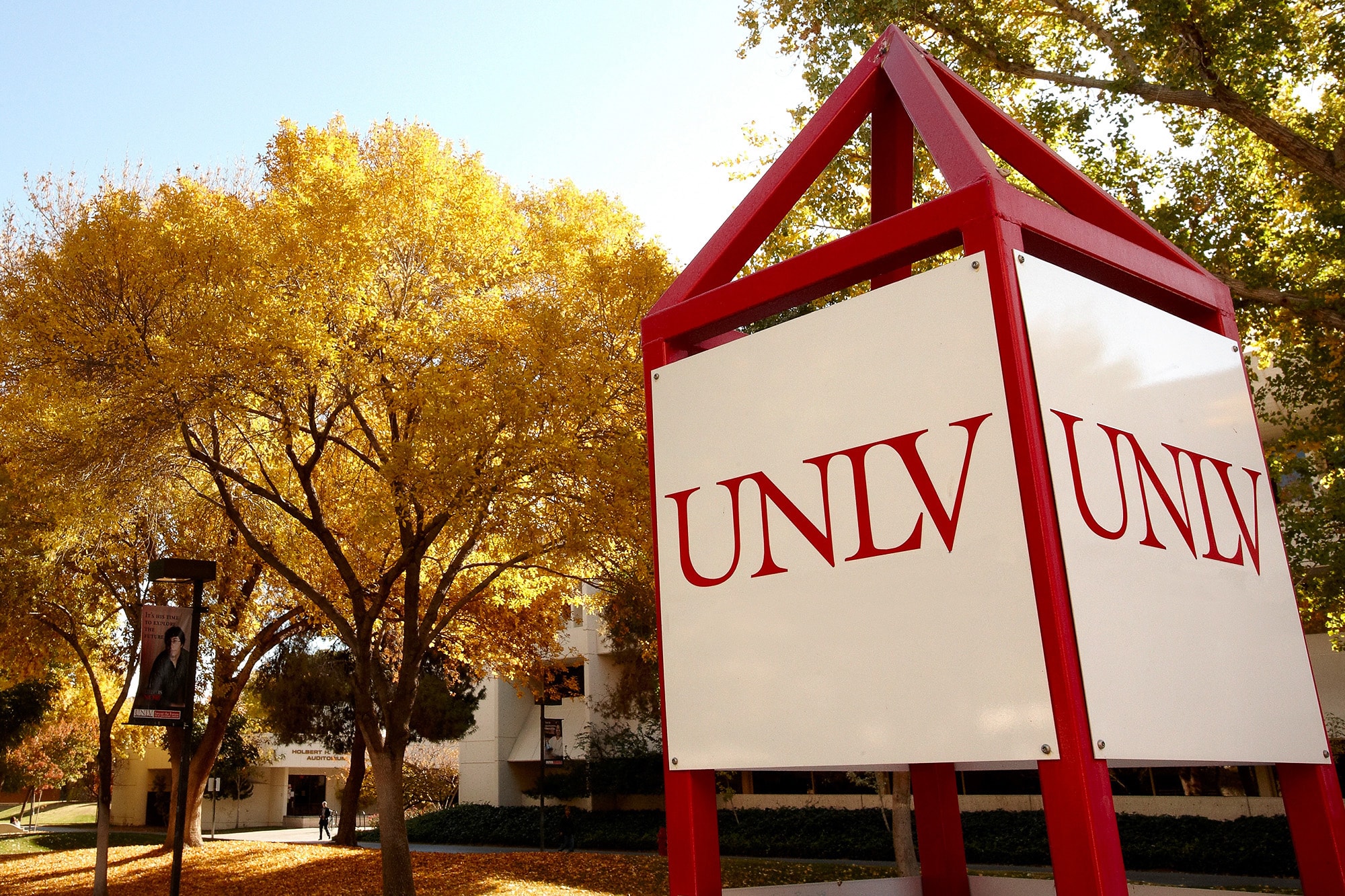As public universities across the country face budget constraints produced by the nation’s recession, many are hoping to strengthen their research endeavor as a way to build support for their programs while helping to bolster their states’ economies.
Research, after all, not only produces a revenue stream in the form of millions of dollars awarded to universities in grant funding each year. It also offers the very real and lucrative prospect of business partnerships emanating from discoveries produced by researchers. (More discussion of these benefits is offered in a related article on technology transfer on page 26 of this issue as well as later in this piece.)
The choice to build research during difficult economic times like these, however, may not be so obvious to some. This may be attributable in part to a misunderstanding of the nature of research and what it seeks to accomplish. Research is sometimes viewed as the icing on the cake of academe – an activity that competes with teaching, that cloisters the faculty away in corners inaccessible to students. Nothing could be further from the truth.
In the higher education community, research is education. Large numbers of both undergraduate and graduate students participate in research at UNLV. Their research experience provides them with tremendous benefits: They learn the process of creating new knowledge and acquire valuable skills while doing so. This prepares students for sophisticated jobs after graduation and helps them learn effective approaches to problem solving. As a result, research-based educational programs produce a well-educated workforce – an attractive commodity to businesses eyeing Las Vegas as a prospective location for their new ventures.
For the faculty, research is an integral component of their professional lives. If for some reason research were not part of the mission of UNLV, many members of the faculty would likely maintain a personal commitment to the pursuit anyway. In truth, research is so woven into the fabric of academe that it would be virtually impossible (not to mention undesirable) to unravel it. To grasp this more fully, we must understand the roots of scholarly orientation among faculty.
Through their own education, faculty are imbued with a sense of responsibility for the discovery of new knowledge. Research is revered in higher education, in part, because of this. The theory is that many people can teach what other scholars have learned, but it takes a rare individual who can discover that which is completely new and then pass it along to others.
Perhaps for this reason, research is considered the cornerstone of a university’s reputation. It is the yardstick by which academic quality is measured. As we so often remind our key constituencies, if UNLV seeks to continue building its prestige throughout the nation and the world, enhancing its research endeavor is the right course of action to take.
One might speculate that it is because research is so venerated that its economic value is not widely discussed or understood. After all, it seems a bit petty to talk hard dollars and cents while in the same breath discussing the lofty goal of discovery. Yet, in times of economic hardship like these, it does not seem poor form at all to note the economic benefits of research activity. Thus, it should be welcome news to all that UNLV faculty and staff have received approximately $300 million in research funding in the last five years, plus nearly $145 million dedicated to other types of sponsored projects. These funds are used to buy equipment, to build laboratories, to hire student assistants and staff, and to address some of our community’s most pressing problems. A significant portion of this funding is poured into our state’s economy through jobs created and services rendered.
Meanwhile, many of the research projects under way at UNLV produce valuable intellectual property that may be licensed to businesses for a fee. Called “technology transfer,” this process seeks to move innovations – in the form of inventions, drugs, or processes – into the marketplace. Universities all over the country have benefited from this commercialization process, which produces revenue for the institutions and creates a climate that invites high-tech industry into their communities.
And all of these benefits say nothing of the improvements to the quality of life that result from the study of myriad community issues by researchers or the enhancements to the intellectual life of the community that research brings.
Thus, as we seek to address the many challenges facing our state, we may wish to look to research as an investment, not a cost. In a state that prides itself on practicality and in a city known for its diversions rather than its science, research may seem an unlikely panacea for our woes – economic and otherwise. Yet, it may just be the best remedy we can imagine.



